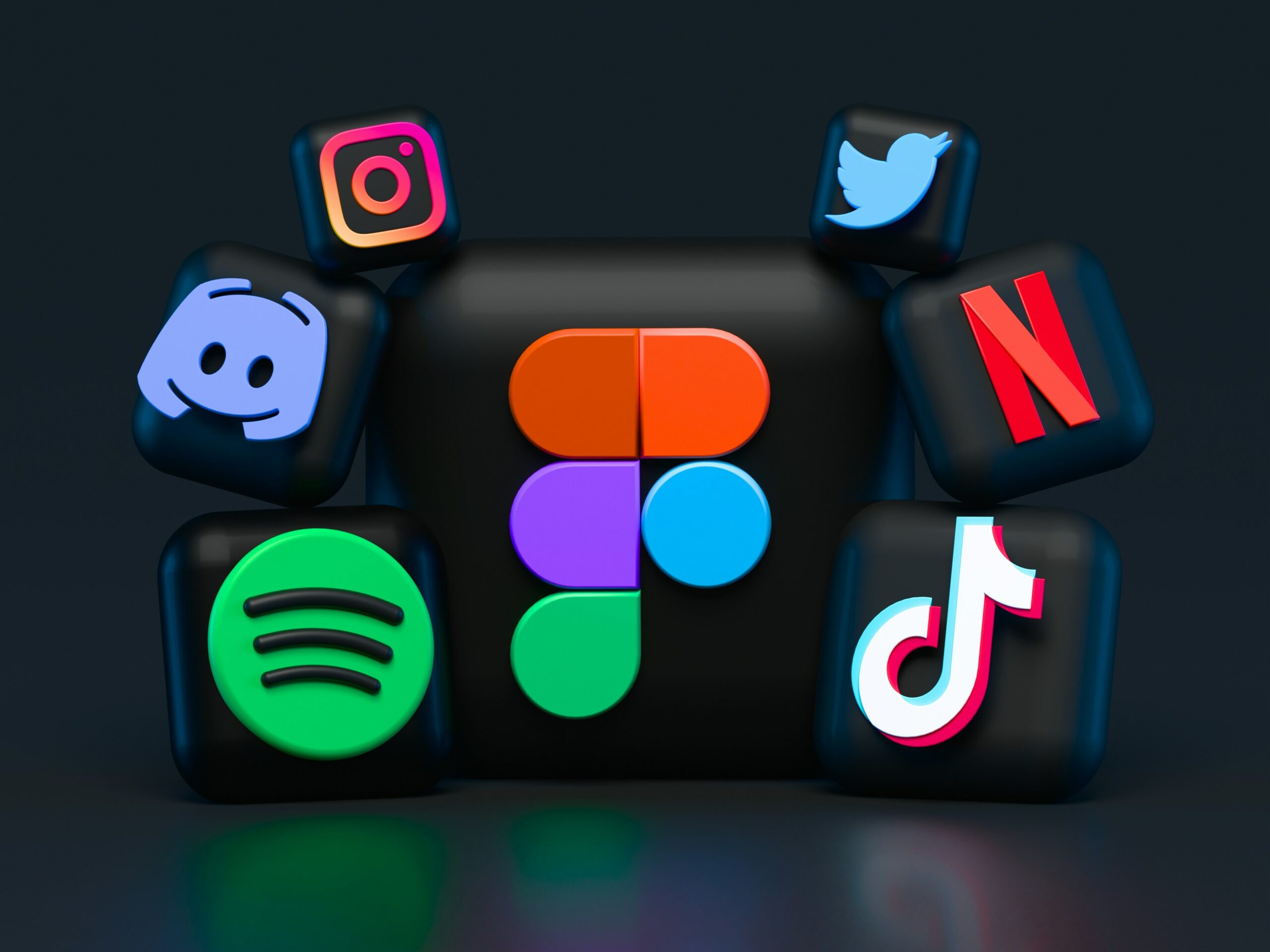Creating an online course can be an exciting and rewarding experience, but it also requires careful planning and effective tools. Whether you’re a seasoned course builder or just starting out, having the right tools can significantly enhance your course development process and help you deliver a high-quality learning experience to your students. This blog will explore ten essential tools that every course creator should consider using to create engaging and impactful online courses.
1. Learning Management System (LMS)

Learning management systems (LMS) are software that allows you to create, deliver and manage your online course. You can use it to manage your online course, such as student enrollment, progress tracking, and assessment capabilities.
LMSes help keep track of your student’s progress so they don’t get lost in the crowd of other students taking similar courses online. Popular options include Wise, Canvas, and BlackboardRadio. Among these, Wise is the most well-suited for businesses and solopreneurs starting out with courses.
With cheaper costs for deployment and migration, using Wise is easier overall for course builders, and it also has many other benefits that will help the process.
2. Content Creation Tools

You’ll need reliable content creation tools to create visually appealing and interactive course content. Software like Articulate Storyline, Adobe Captivate, or Camtasia enables you to develop engaging presentations, videos, and multimedia elements to enhance your course material.
3. Video Editing Software

Video content is a powerful medium for delivering course material. Tools like Adobe Premiere Pro, Final Cut Pro, or Camtasia enable you to edit and enhance your videos with professional features such as trimming, transitions, captions, and annotations, making them more engaging and informative.
4. Screen Recording Tools

Screen recording tools are essential for creating video content. They allow you to record your screen and narrate on top of it, making it possible to create high-quality videos without spending a fortune on equipment.
ScreenFlow for Mac is our favorite, but Camtasia is also pretty good if you’re using Windows or don’t want to pay for software. Screencast-O-Matic, Screencastify, and QuickTime all work well, too–and they’re free! If you’re looking for something more advanced than those options though (or if they don’t work with your operating system), Windows Movie Maker is a solid choice as well–it’s built into Windows 7 and 8/8.1, so no extra downloads are required!
5. Web Conferencing Tools

There are a few different ways to go about web conferencing, but we recommend Agoda, Google Hangouts, and GoToMeeting. These tools allow you to host meetings with your students from anywhere in the world at any time of day or night. They’re also fairly easy to learn how to use–and they’re free!
Suppose you want something more professional-looking (and more secure). In that case, Zoom is another great option that offers many of the same features as Skype but has better audio quality and video resolution. It’s also significantly less expensive than other video conference platforms today because it requires no additional hardware or software.
You can check out the recent pricing for Zoom here.
6. Interactive Quizzing and Assessment Tools

Interactive quizzing and assessment tools are essential to any course creator. They help you collect information from learners, which can then be used to inform future iterations of your course. Quizzes can be used for a variety of purposes:
- To get feedback on what your learners have learned so far in the course–and how well they’re retaining that information
- To see if they’re applying what they’ve learned in real-world situations (i.e., outside the classroom)
You can use the test and discussion board functions on Wise to drive interactivity and draw up quizzes for your students. It already comes pre-loaded with all common types of questions and has an intuitive design that makes it easy to use for everyone.
7. Collaboration and Communication Tools

Effective communication and collaboration with your students are essential for a successful online course. Tools like Slack, Microsoft Teams, or Google Workspace (formerly G Suite) provide a platform for real-time communication, file sharing, and collaborative discussions, fostering an inclusive and supportive learning community.
If you’re not inclined to get a completely new workplace, you can also connect with students over Whatsapp on Wise, sending and receiving notifications on the same.
8. Learning Analytics Tools

Learning analytics tools collects data on how learners interact with your course. This can include information like how much time they spend watching videos or reading articles, what parts of the lesson they struggle with, and what content they find most helpful.
Learning analytics are helpful for course builders because they give you insight into what’s working well in your courses and where you might need to improve them. Platforms like Google Analytics, Moodle Learning Analytics, or Learning Locker offer data-driven analytics to measure learner progress, identify areas for improvement, and optimize your course content accordingly.
Wise has an interactive dashboard stores all your course analytics, including drill-down statistics around student attendance, test-taking, and fee payments.
9. Graphic Design Tools

Creating visually appealing course materials is crucial for capturing students’ attention. They can help you create stunning graphics and images perfect for your courses. There are many graphic design tools to choose from, but here are some of the most popular:
- Canva is one of our favorites because it has so many templates and fonts available, making it super easy to create professional-looking graphics in no time! It also has lots of free stock photos if you don’t have any on hand already (or want to use something different than what’s already there).
- PicMonkey – This tool is great if you want more control over your images than what Canva provides; however, I would recommend using both since they each offer different features that may suit your needs better than others, depending on what kind of graphics/images need creating at any given time (examples include adding text overlays vs working with shapes).
These allow you to design stunning graphics, infographics, and visual presentations, even if you don’t have prior design experience.
10. Project Management Tools

Project management tools are the best way to keep track of your course creation process. There are many different kinds of project management tools, but they all serve similar purposes: they allow you to create a workflow that helps you stay organized, plan ahead and keep track of deadlines.
Here’s how it works: once you’ve decided on a particular course creation process (more on that later), you’ll use one or more project management tools as part of that process. For example, suppose we’re making an online course about graphic design using Adobe Illustrator. In that case, we might have separate tasks for creating each lesson in our lesson plan–we could create separate files for each individual lesson with notes about what needs to be done and when; this would make it easy for us to know what stage our lessons were at without having too much information cluttering up our brains!
As a course builder, having the right tools is instrumental in developing a successful and impactful online course. We know that it can be overwhelming sometimes, but we also believe it doesn’t have to be. The ten essential tools mentioned above, ranging from learning management systems and content creation tools to collaboration platforms and learning analytics, can significantly streamline your course development process and enhance the learning experience for your students. Embrace these tools, adapt them to your specific needs, and unlock your potential as a course creator, empowering learners worldwide with valuable knowledge and skills.




